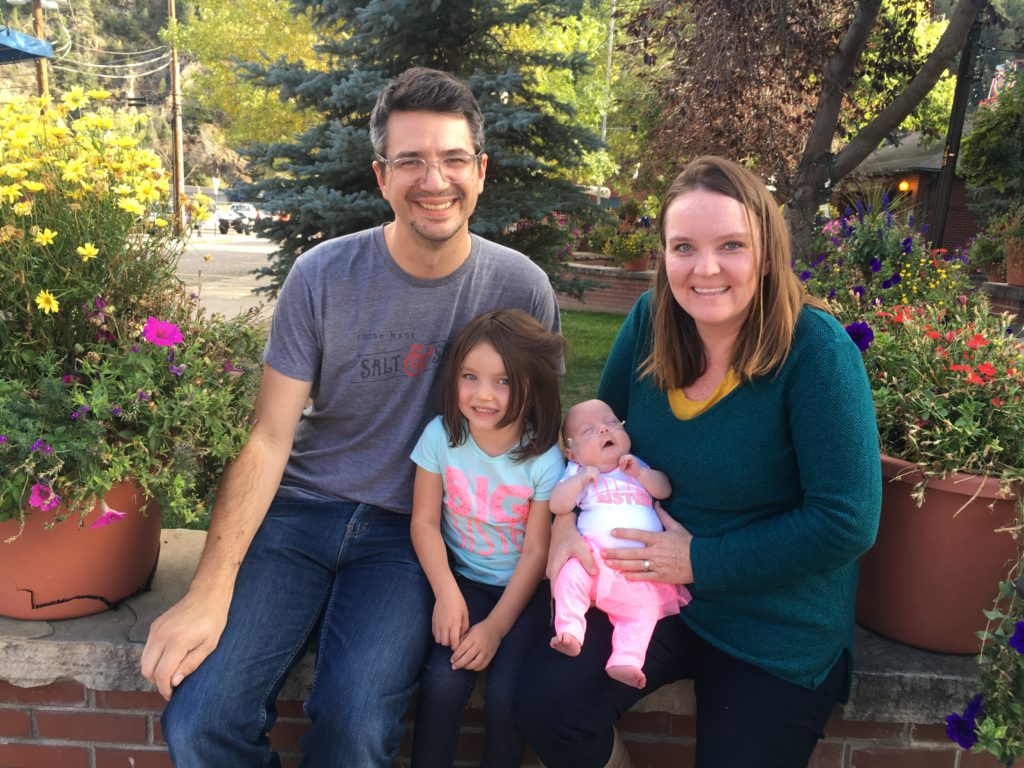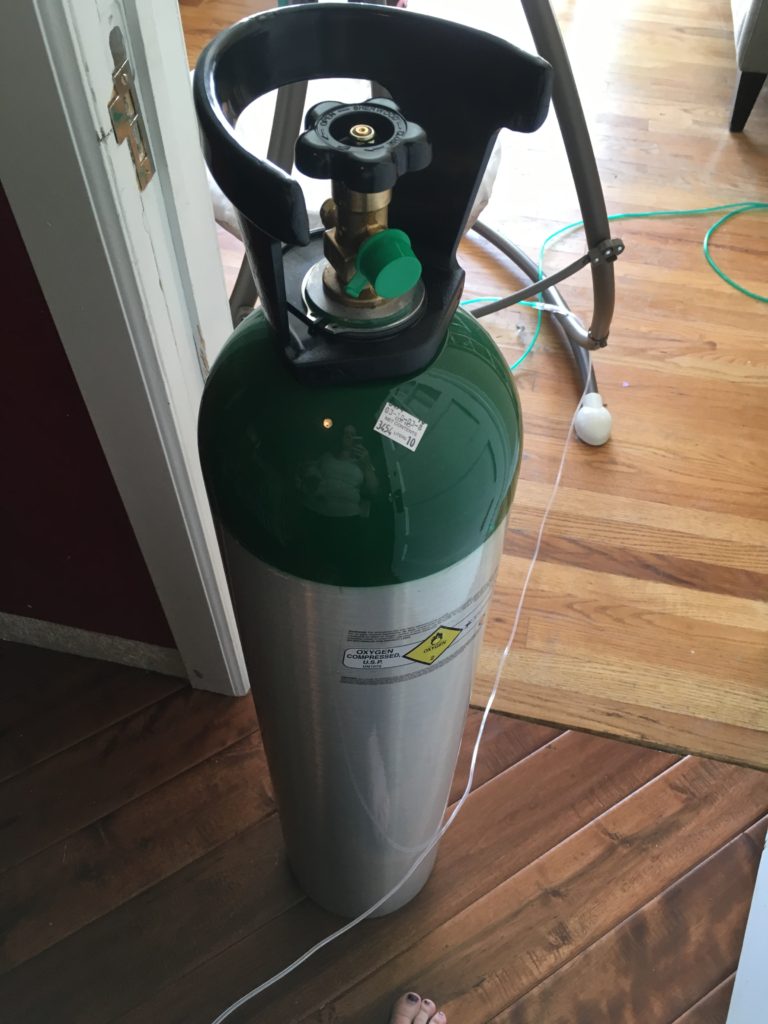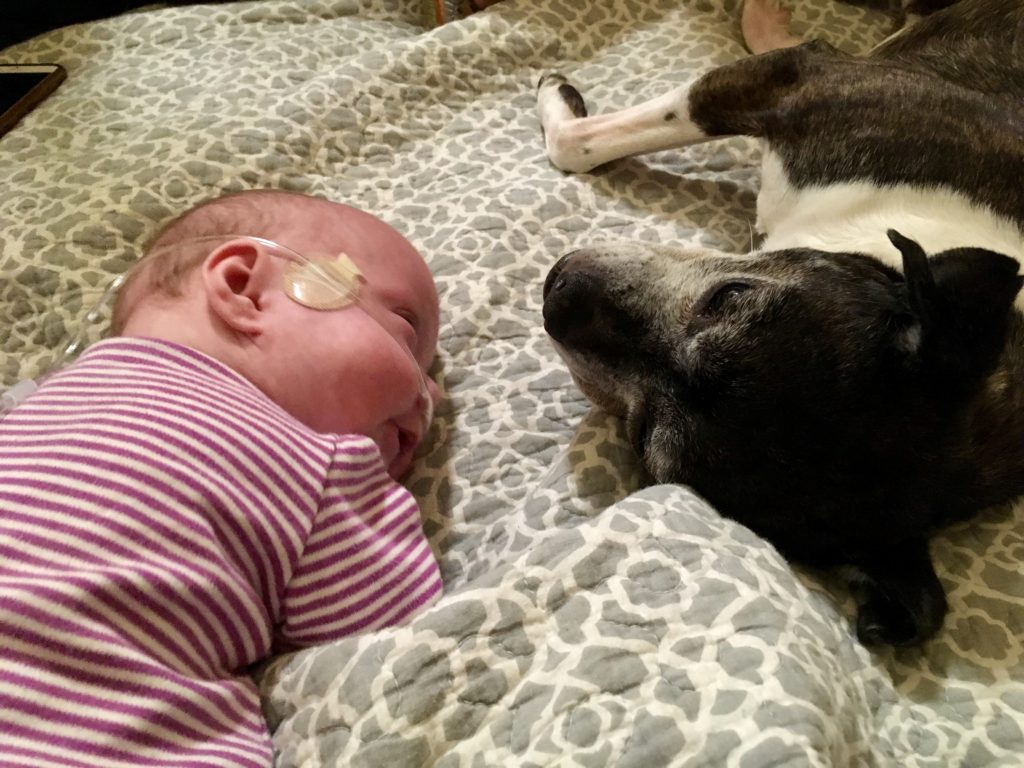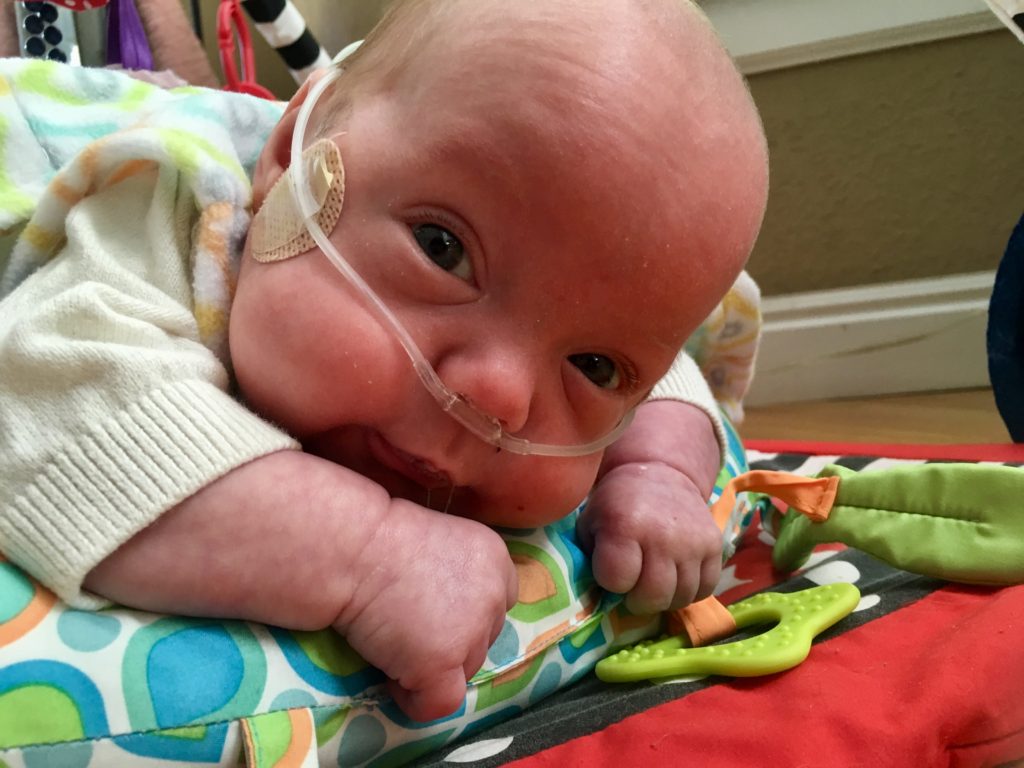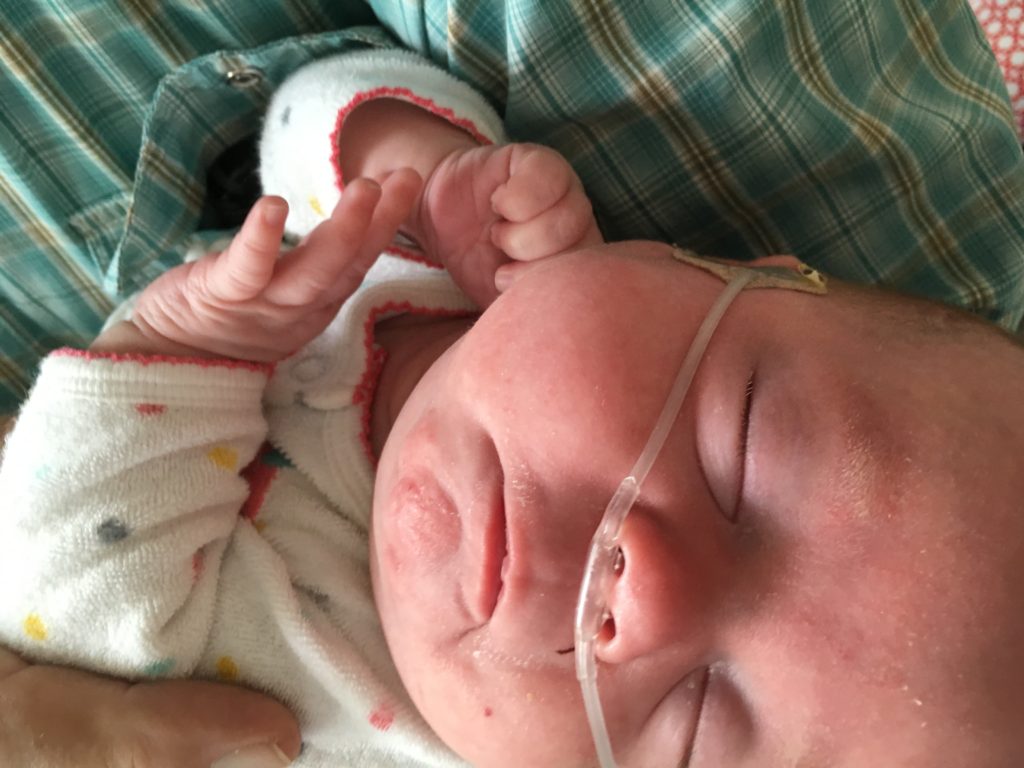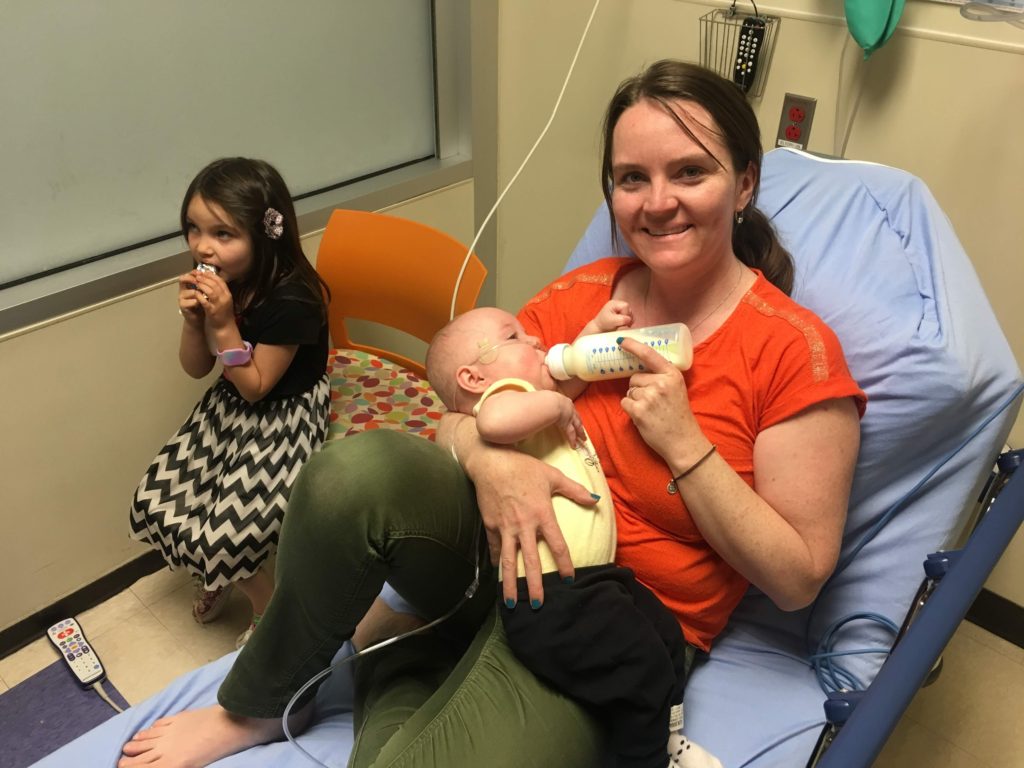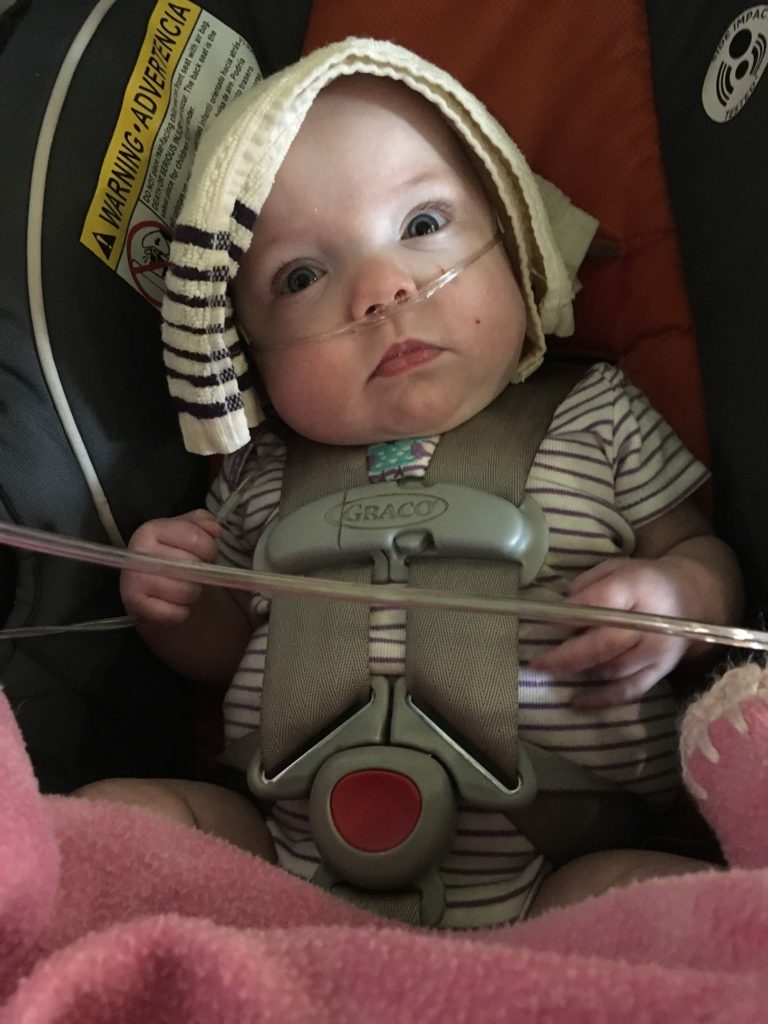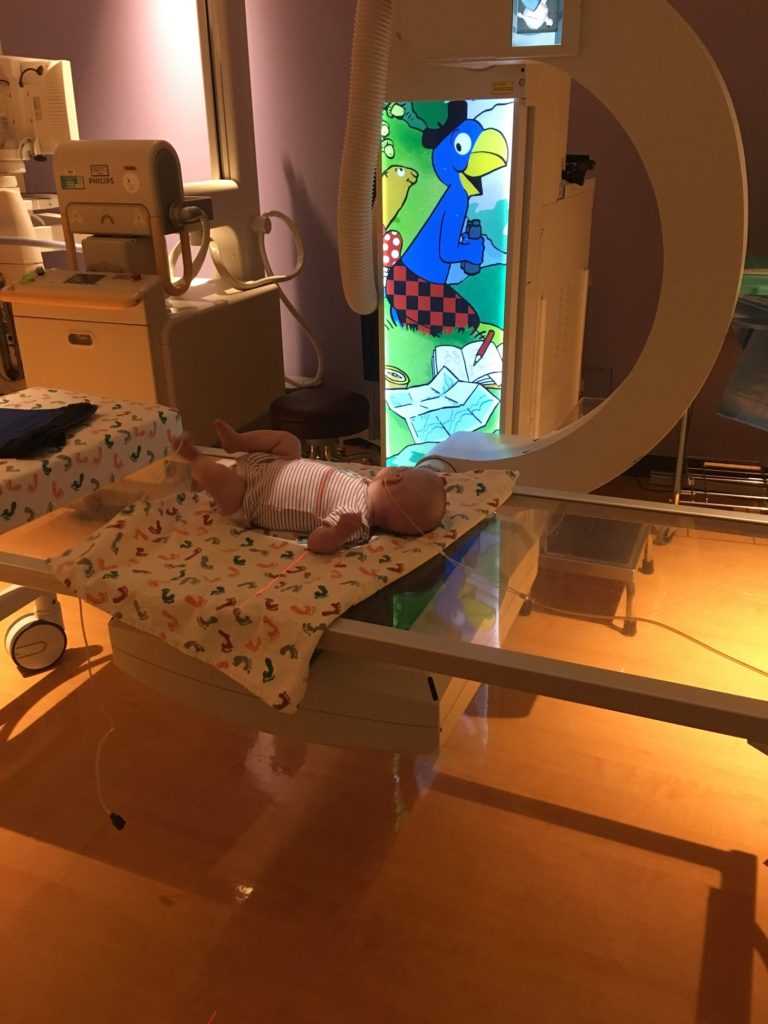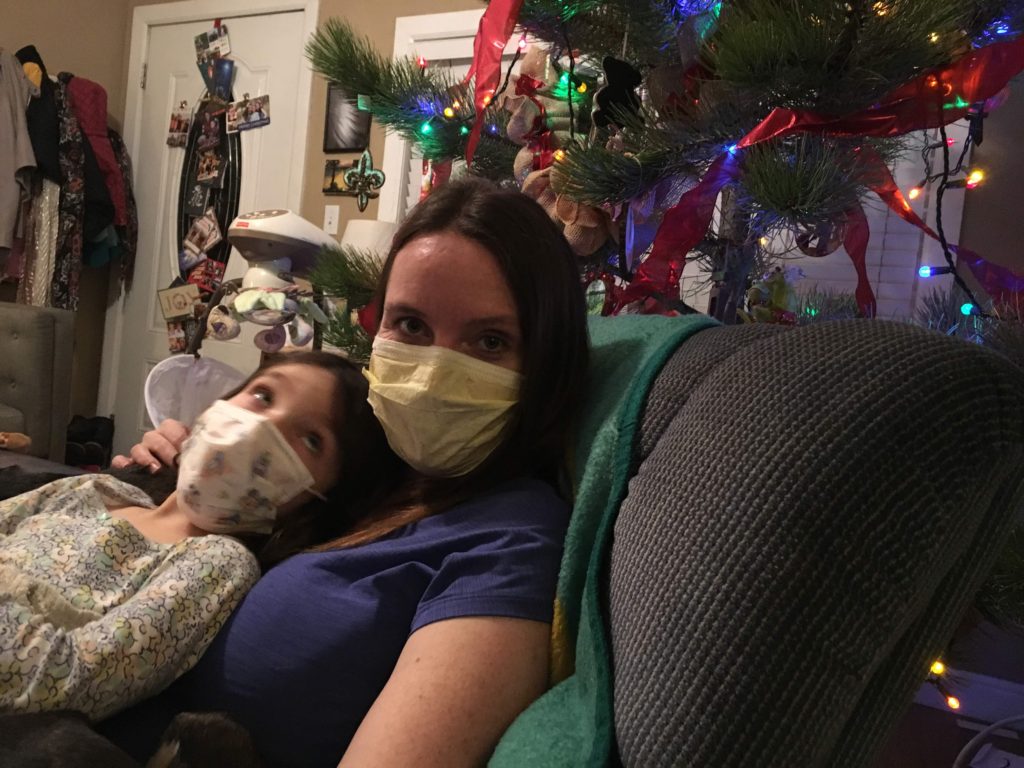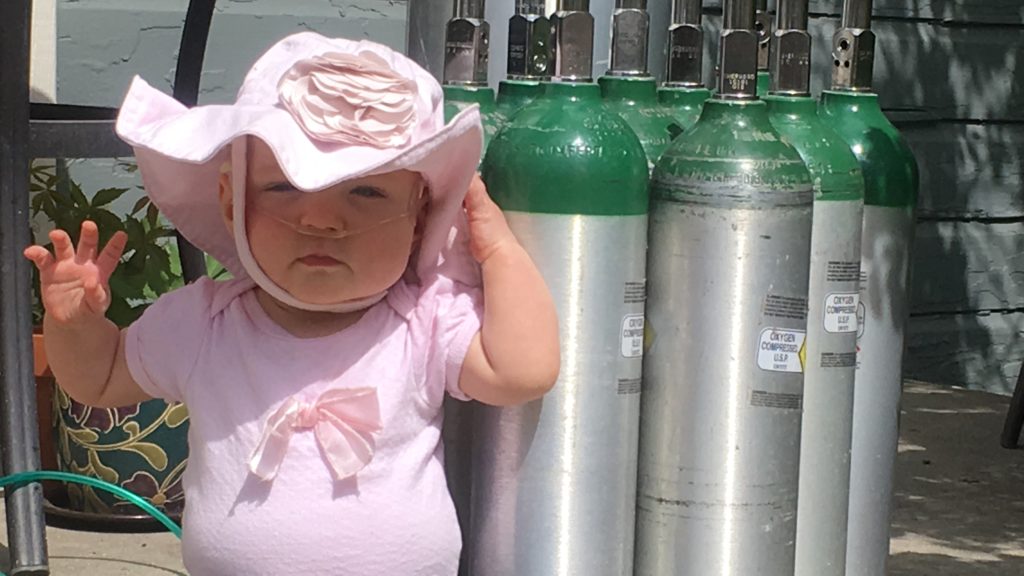Today marks two years, 20 days since we brought her home in the rain. If anyone tells you a foster adoption isn’t for the faint of heart, they’re right. Sleepless nights happened frequently, until Baby turned 7 months old. She had nasty reflux that made it virtually impossible for her to sleep flat in a crib until we got it under control. Because of the blood loss from the placental abruption at birth, she was borderline anemic, and had to be supplemented with a cocktail of prune juice and an iron supplement in the morning, and her diet consisted of two different types of formula—a concoction calculated by the NICU nurses, now part of our newly attained knowledge.
We heeded the warning from one of the nurses about how terrible the oxygen supply company was, and we soon gained firsthand experience when virtually every single delivery consisted of the wrong supplies. No hyperbole, there. This started the very night we brought her home. They were supposed to deliver the tanks to our house by 6:30, and we received a call at 11 PM that they’d be there the following day. Panic set in. “What if she runs out? No, no, we’ll be OK. They said the tank would last 48 hours for 1/8 of a liter…We’ll be OK for one night.” We dealt with incorrectly-sized tanks, if we got them at all. When we asked where they were, the delivery guys would simply shrug, and say, “They just load our truck with whatever they have at the warehouse.” A couple times, they forgot the adapters to tap the tanks for use at all. They would bring nasal cannulas meant for a 70-year-old man vs. a 3.5-month-old baby, and they never, ever, had enough tender grips stickers, which are necessary to hold the tubes in place. We had to mooch some from the hospital at each visit. It got to be so much, that we bought our own on Amazon, and complained to the hospital. We feared for the elderly with dementia and COPD, or any people with lung issues when they didn’t have the presence of mind to know when they were being wronged. Apparently we weren’t the only ones, because they switched to a different provider shortly after we finished with their services. Thank God for small victories—even if we never reaped the rewards.
We learned about the miracle of zip-down onesies, side-lying feeds to reduce bradycardia, and adhesive remover wipes that made the removal of the “not-so-tender grips” so much less painful. We learned how to monitor 1/8 of a liter of oxygen in an M tank verses a portable, two-day tank, and to raise it to 1/2 of a liter each time she got a cold that winter, and that the oxygen ran out about twice as fast each time we raised the oxygen output. We learned to tell the difference between moddled skin caused by a drop in body temperature, or a drop in oxygen if we took out her tubes too long. We learned never to lose the wrench that tightened and loosened the oxygen valve, because we only ever had one. “Put it back in the front pocket of the shoulder bag, or kiss it goodbye.”
We went through two rounds of the flu, beginning Christmas Eve of 2018, and dealt with perpetual runny noses and every virus under the sun until April. She endured monthly Synagis shots from home-visiting nurses to fend off indubitable hospital stays, had she contracted RSV. Thank God, she never did. She contracted countless other viruses and colds, though—despite her sister’s immediate hand-washing and outfit changes after preschool. One cold provided congestion severe enough, it landed us in the ER on Holy Saturday. She began throwing up and gagging so hard that, against the doctor’s recommendation, we refused to wait for an ambulance after they told us it would take half an hour to get her to Children’s. We knew we could get her there much faster if we left that second, so we signed the waver that promised we’d take her directly, and prayed all the way there.
Our older daughter, sweet child that she is, started to cry on the way to the hospital. Like, sobbing big tears. We assured her that Baby was going to be okay, that we were just taking her to see the best doctors. She said that wasn’t why she was crying. She was upset because we were bringing Baby back. She thought we were returning Baby to the hospital from whence she came. That our turn was over, and we were coming back home a family of three.
You see, from the moment we brought Baby home, we didn’t want to risk promising Sister that she was going to be a big sister forever. That there was a chance Baby wouldn’t stay with us forever. Foster care, parental rights, adoption – these were all hazy figures in the distant future, none of which carried any certainty, and to break our daughter’s heart by taking a little sister away was more than we could handle. So we prepared her, carefully—or so we thought. Only after multiple reassurances that “no, we’re just taking her to the doctor for a little while, then we’re all going back home, for realsies” were we able to stem the tide. But it certainly made us much more aware of just how many hearts had been touched by this little, but significant, life.
After about four hours of monitoring, and some intense nasal suction, they let us go when she showed no signs of deterioration. We tagged in as the Easter Bunny at about 3 AM, that night.
We learned that the fluctuation and duration of oxygen usage in preemies can affect their retinal development, as was the cause of Stevie Wonder’s blindness. So, we were to visit the ophthalmologist every three months to track the development. After one year, they cleared us to visit annually after that. She may need glasses, but that should be the worst of it. Hallelujah!
Cardiology provided some other concerns. There was a slight malformation of the pulmonary (lung) artery, which has caused some stenosis (narrowing and hardening) of the blood vessel, and some dilation, resultingly. However, the blood flow looked excellent, so just recently, the doctor said the dilation was expected, and they’ll keep an eye on it, but for now, he has no concerns at all! I made him repeat that, just to be sure. With her atrial septal defect (ASD), or, the “hole in her heart,” initially it measured as a 7.5 mm gap. Holes of the atrial septum that are 5.5 or larger rarely close on their own, so surely we’d be looking at another heart procedure at 3 teensy years of age. Luckily, it would be an outpatient procedure. If there are any medical nerds in the audience, the surgeon would use a percutaneous occluder device, also known as two expandable discs, inserted through a tiny tube into the femoral vein. They would eject and expand, one before the other, to form an “Oreo cookie-” type sandwich around the flap of tissue that never formed correctly. Her own atrial septum would act as the Oreo filling in this analogy. The discs (cookies) would clamp together, and stay there for the rest of her life, for her own scar tissues to eventually grow around and close the void—an Oreo cookie to beat all Oreo cookies. As of July, 2020, only 7 months later, we were told to forget all about that, because the heart hole shrank on its own to 3.4 mm, and the doc, in bewilderment, said she’d probably be fine on her own at that rate of idiopathic healing. We have been cleared for the two-year checkup, verses every 6 months that we were visiting since discharge.
Aside from all the health scares, which were noteworthy, we had weekly visits from the occupational therapist, whom we now call a good friend. She watched every stage of her development, every week, since the first week we brought Baby home, in all of our newborn delirium, and helped us get her there if ever there were concerns about a lag in milestones. Never underestimate an OT with a newborn—they are miracle workers! Strength building, fine motor skills, identifying problem areas, eating methods, activity, movement, and even behavioral concerns are addressed, and you’ll leave a smarter human being for having dealt with one, to the point you wish you had them there for your first go-‘round with a child!
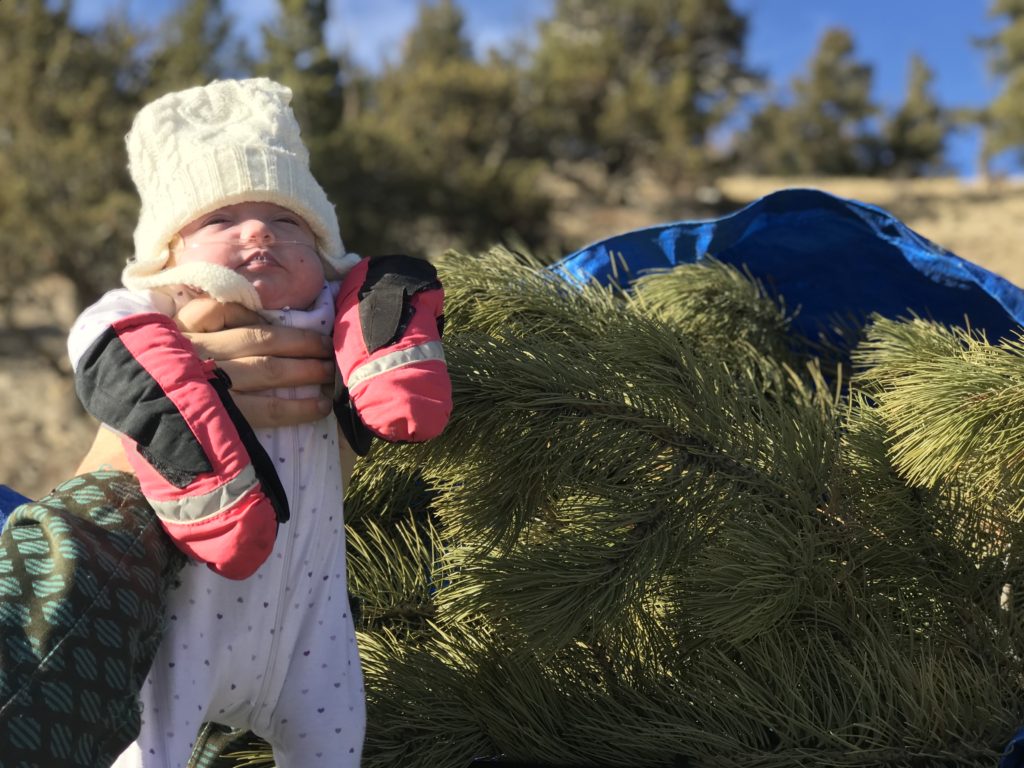
Christmas Tree 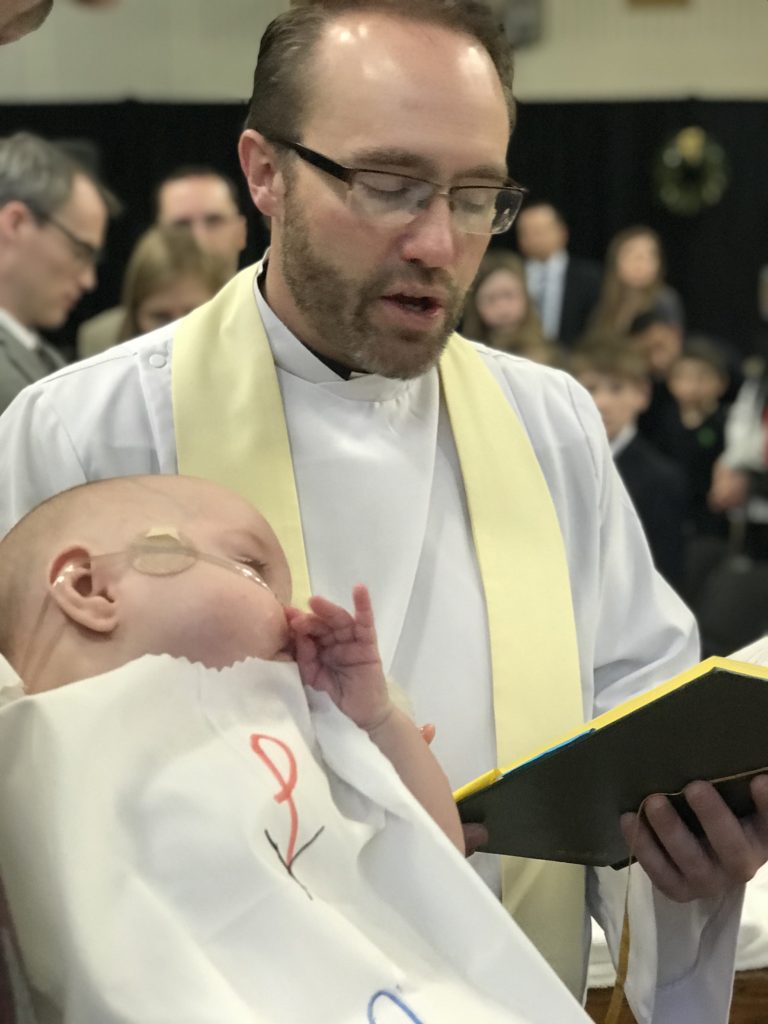
Baptism 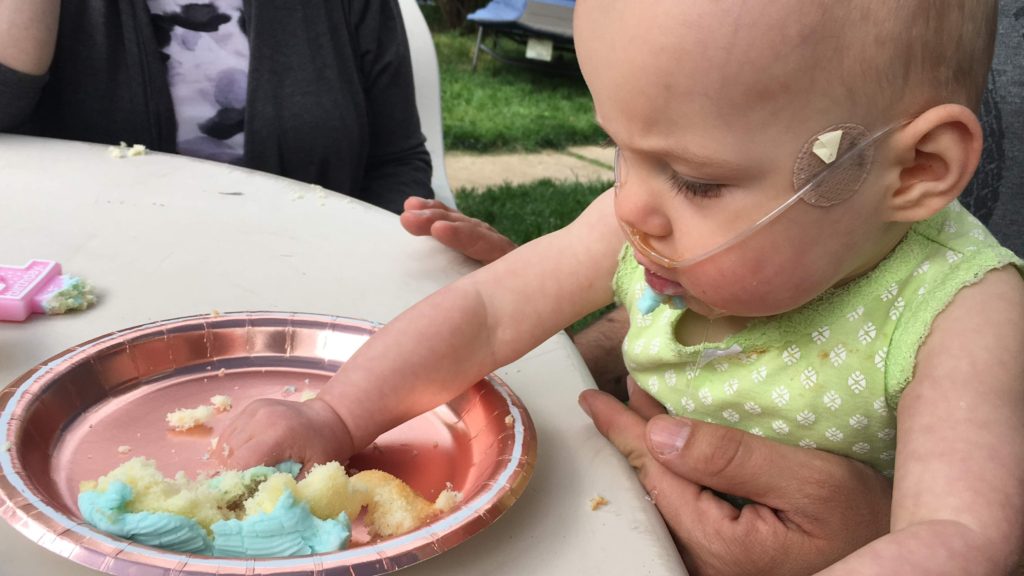
First Birthday 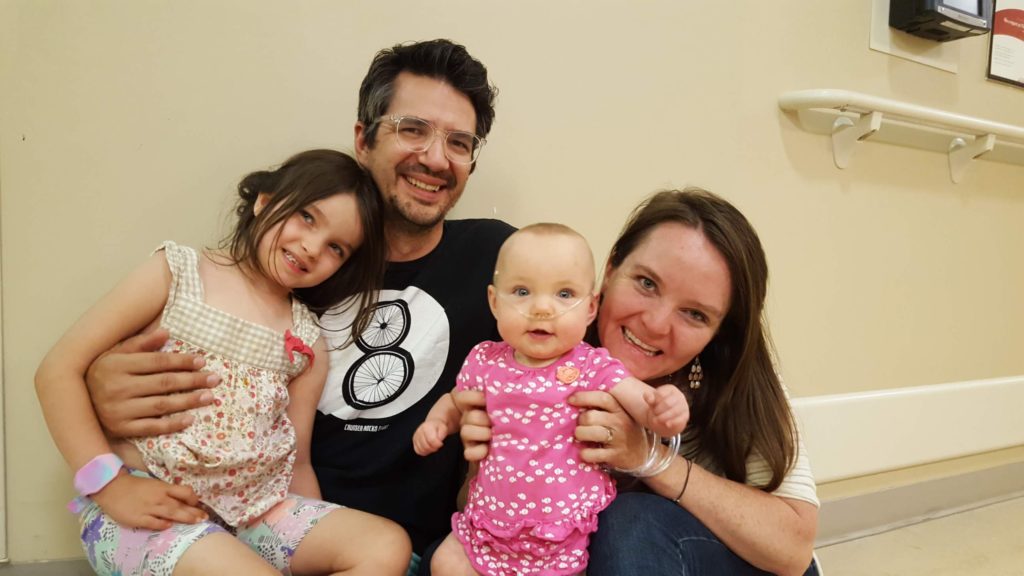
Preemie Day at the Hospital 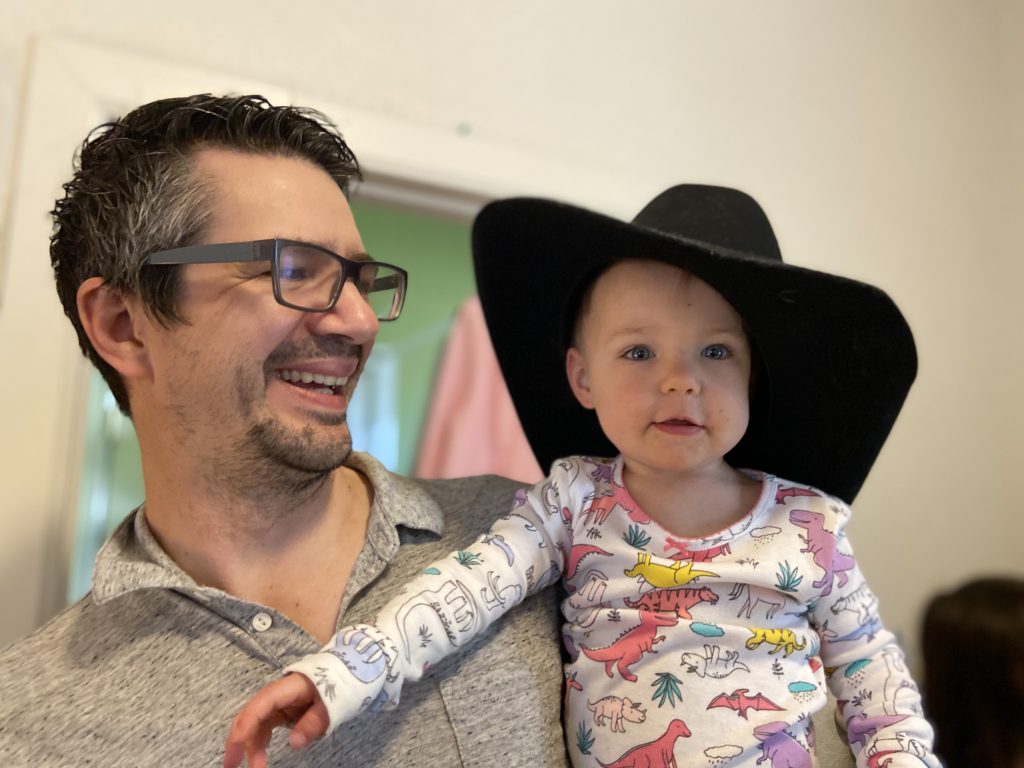

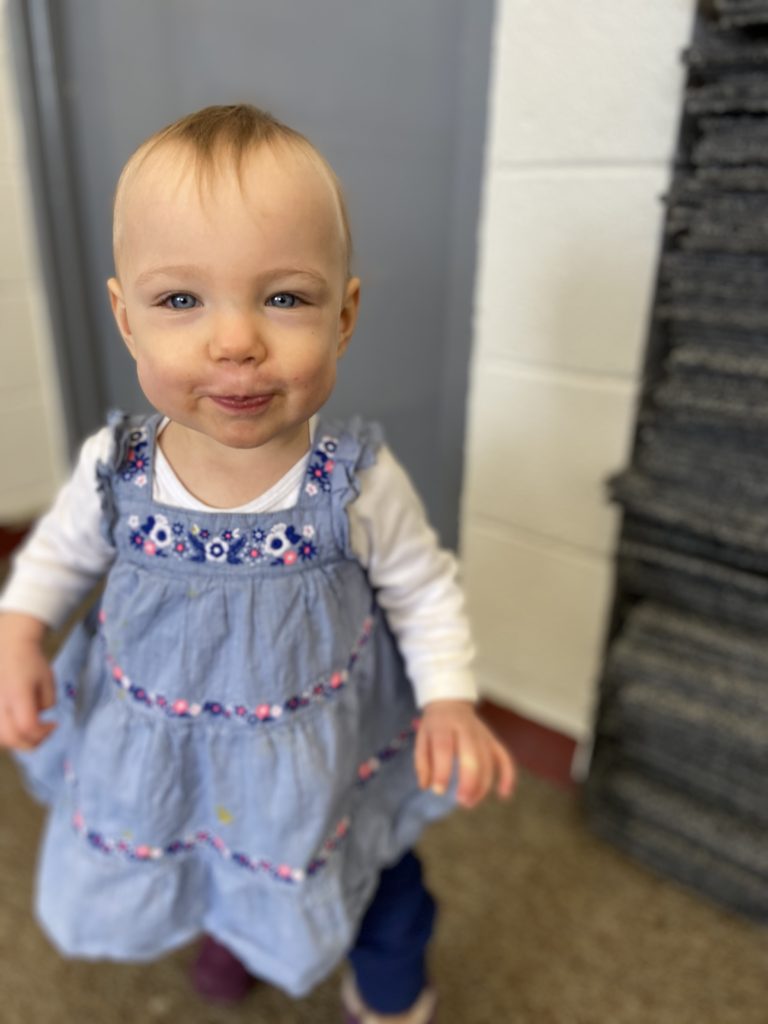
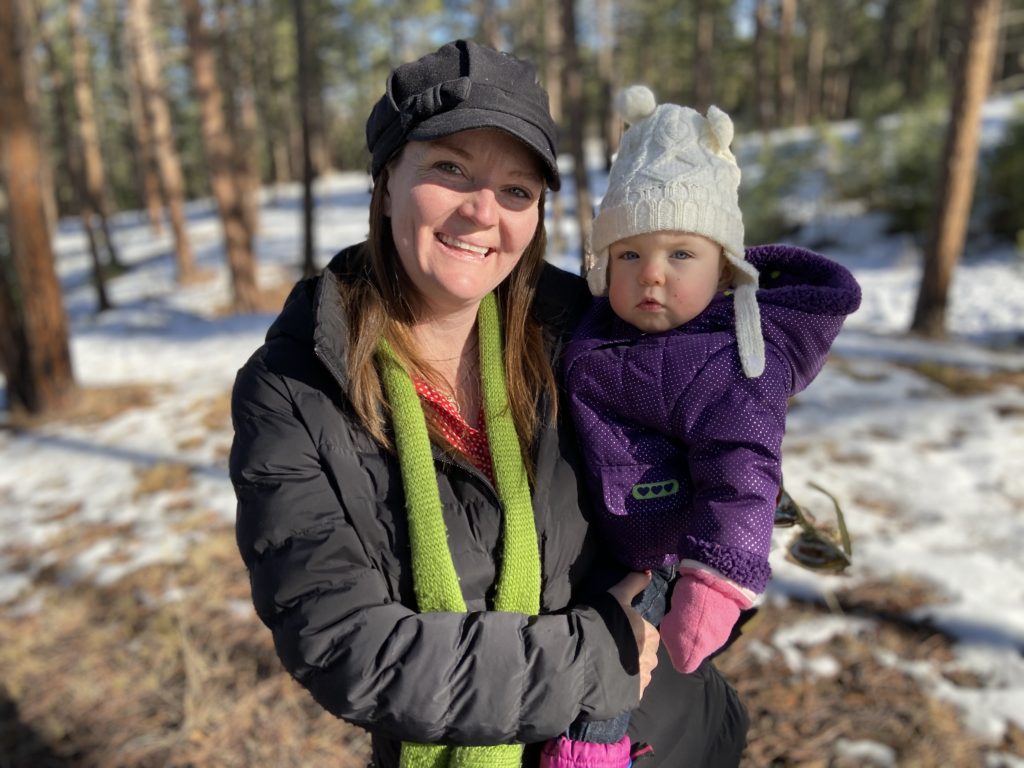
Second Christmas Tree 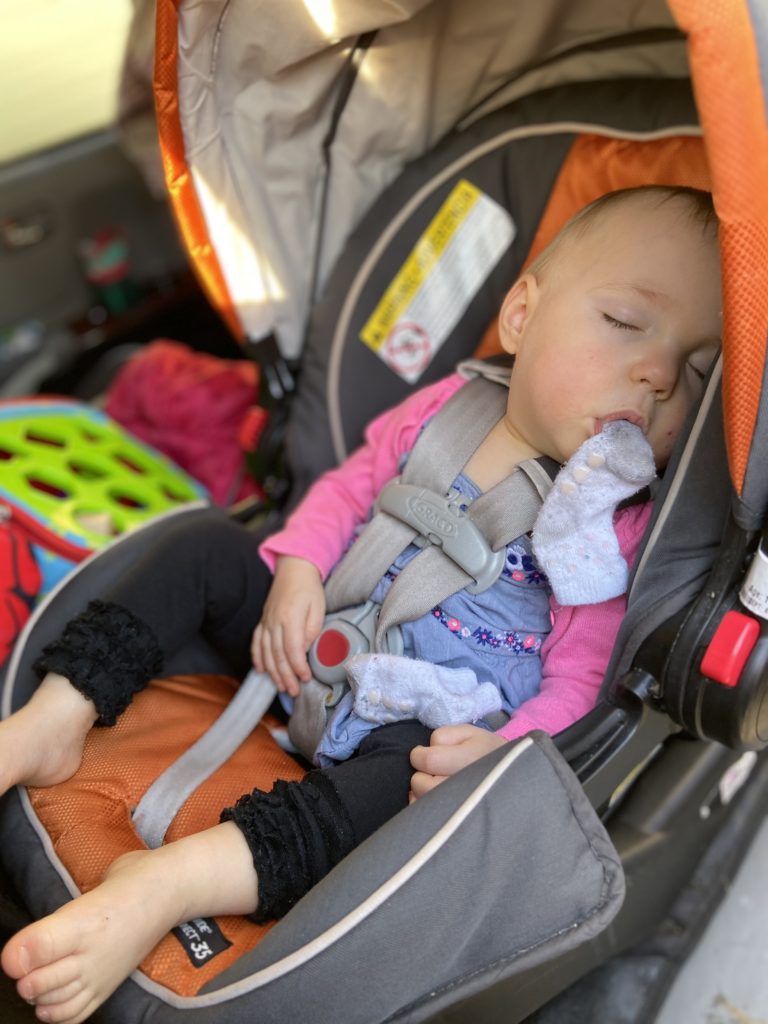
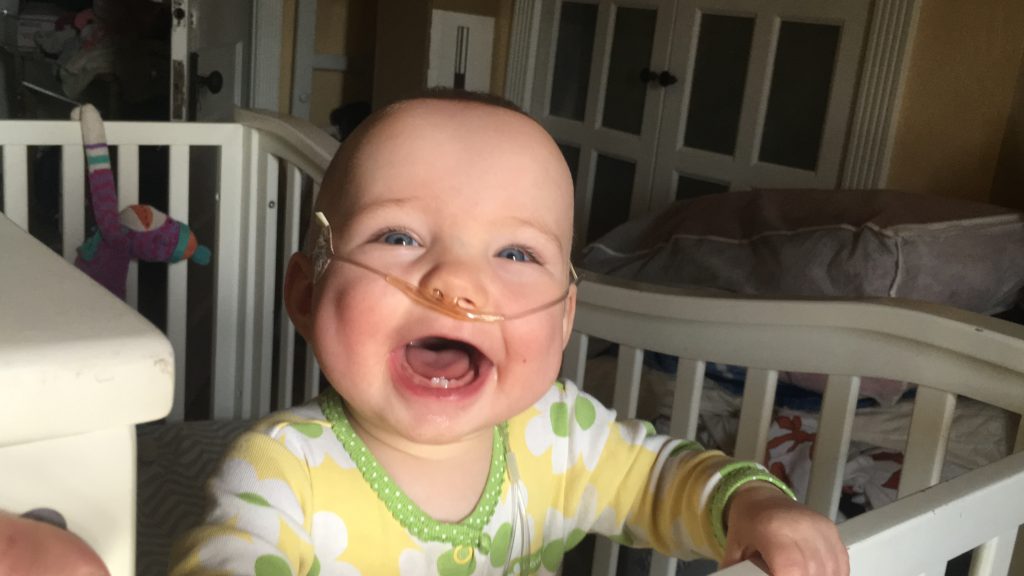
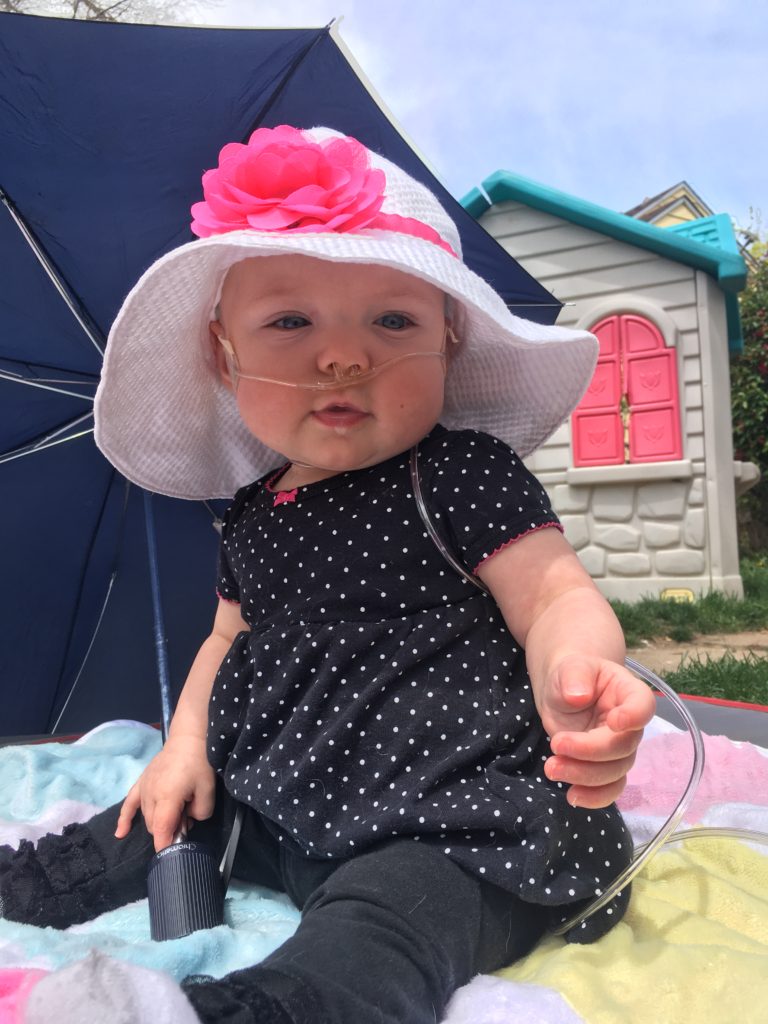
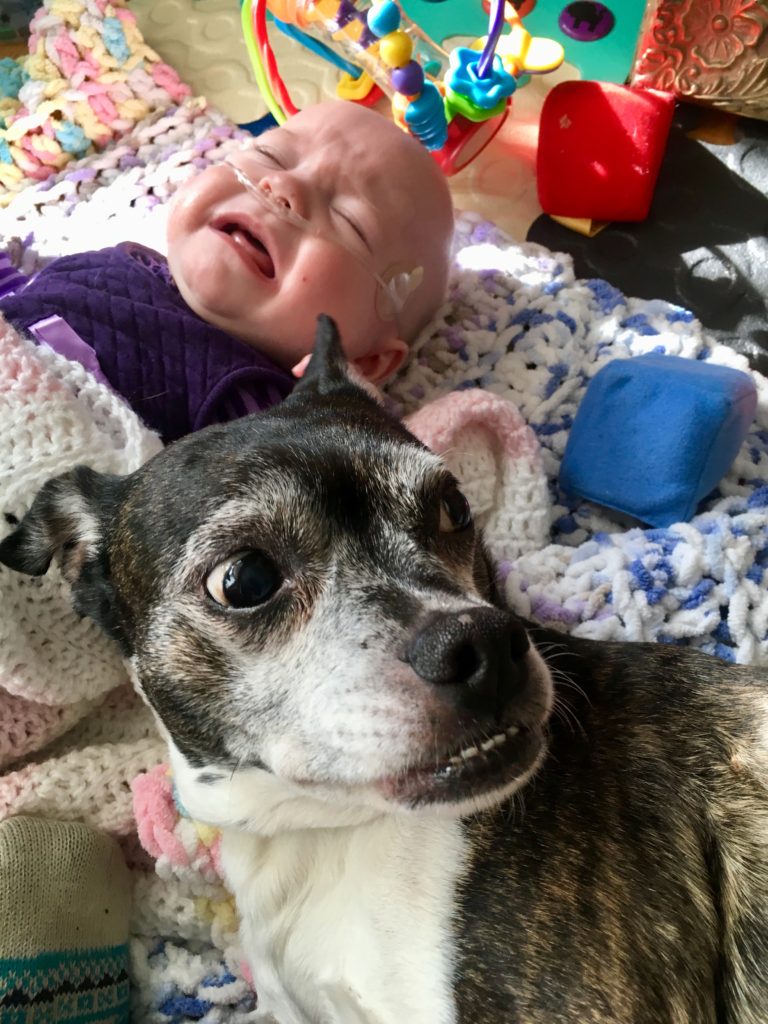
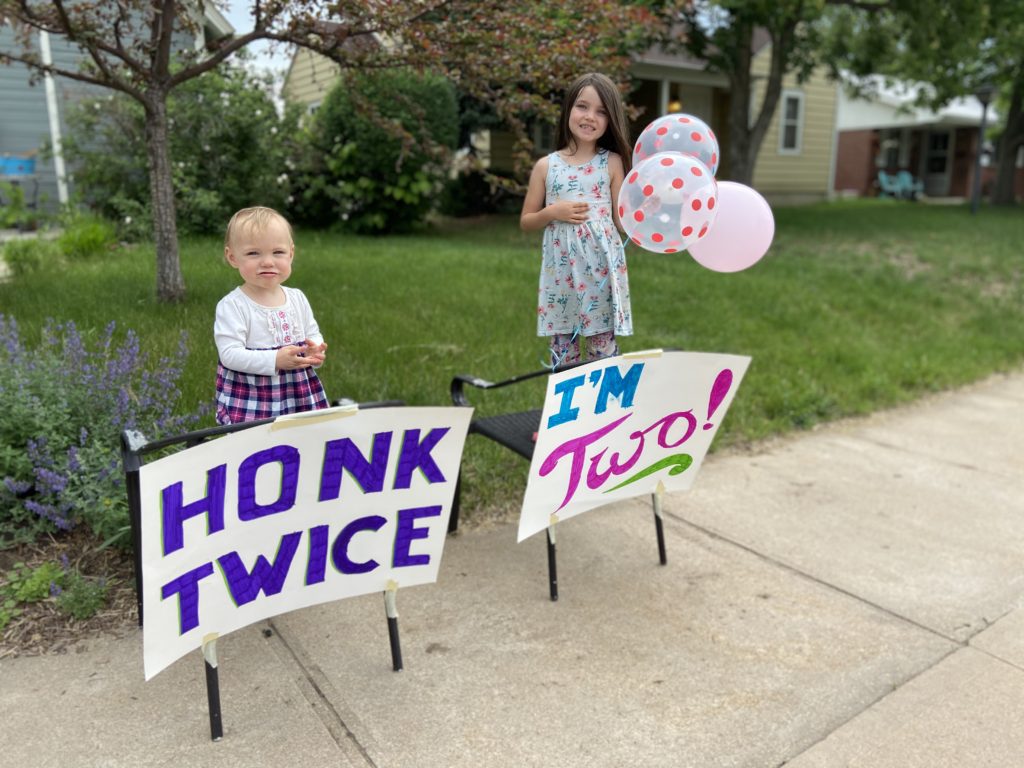
Pandemic Birthday Party
In between the numerous doctor visits, therapy appointments, calls with various county officials, sicknesses, and, you know, life happening around us, we got to see the real Baby emerge from her bubble-wrapped existence. Baby is funny. Baby is a bruiser. She loves catching up to big sister and careering around the house. She is mechanical, and loves to see how things work, even if those things aren’t meant to be disassembled (we’re on our fourth thermometer). She adores her baby brother. She’s tough—to be expected after the tribulations she’s overcome. Every day we look at each other and soak up the love that has poured into our home since that very rainy day, and try, in vain, to count the blessings Baby has brought us.
